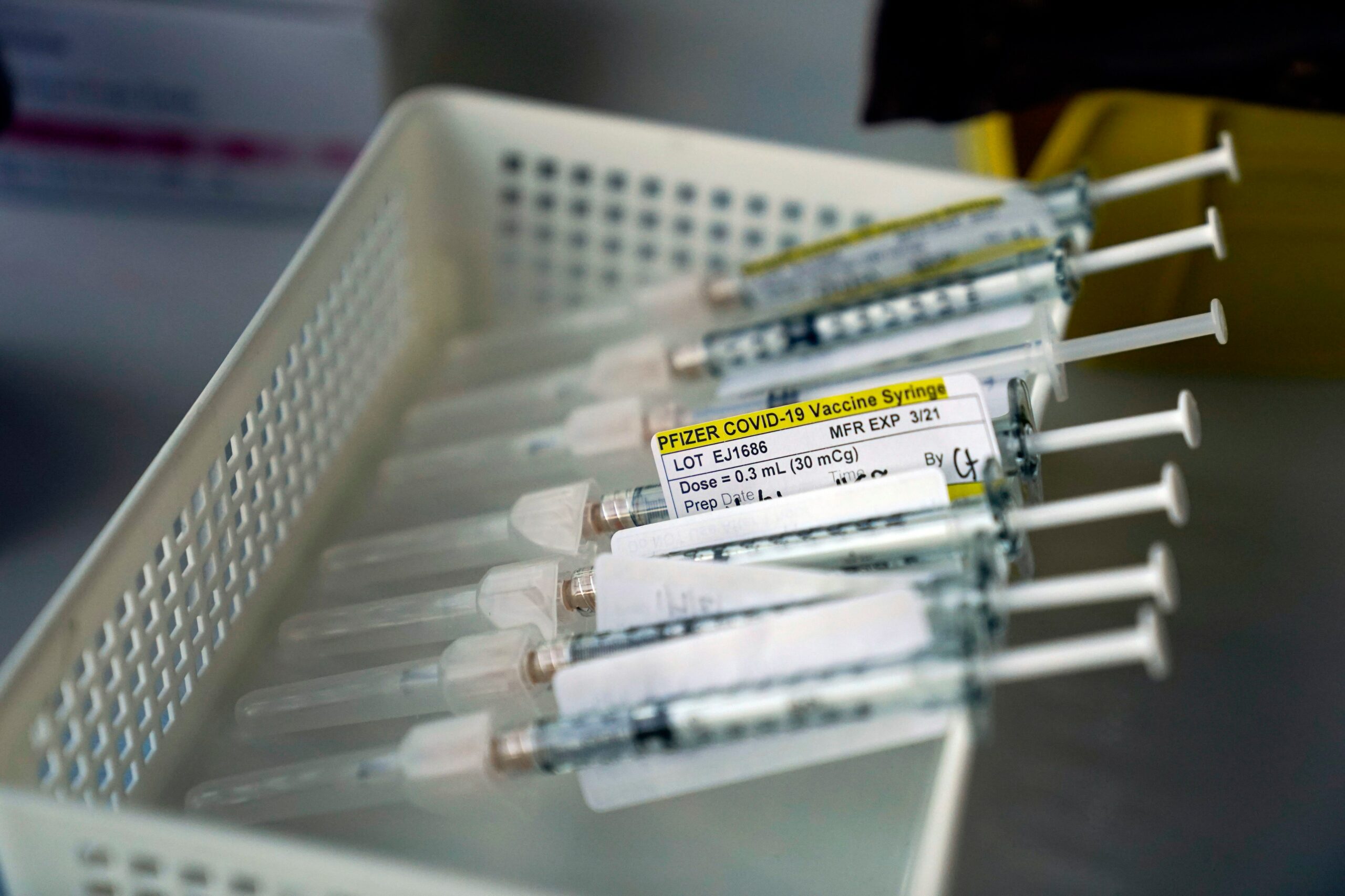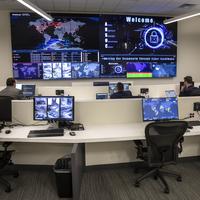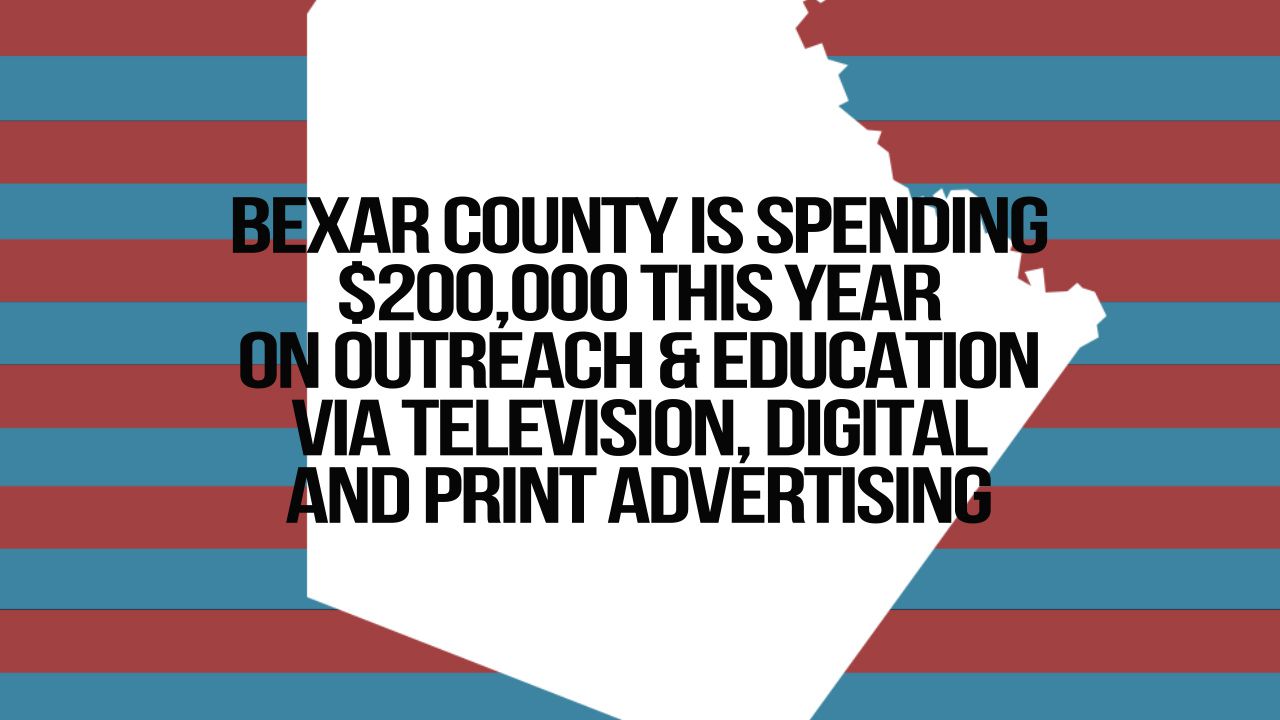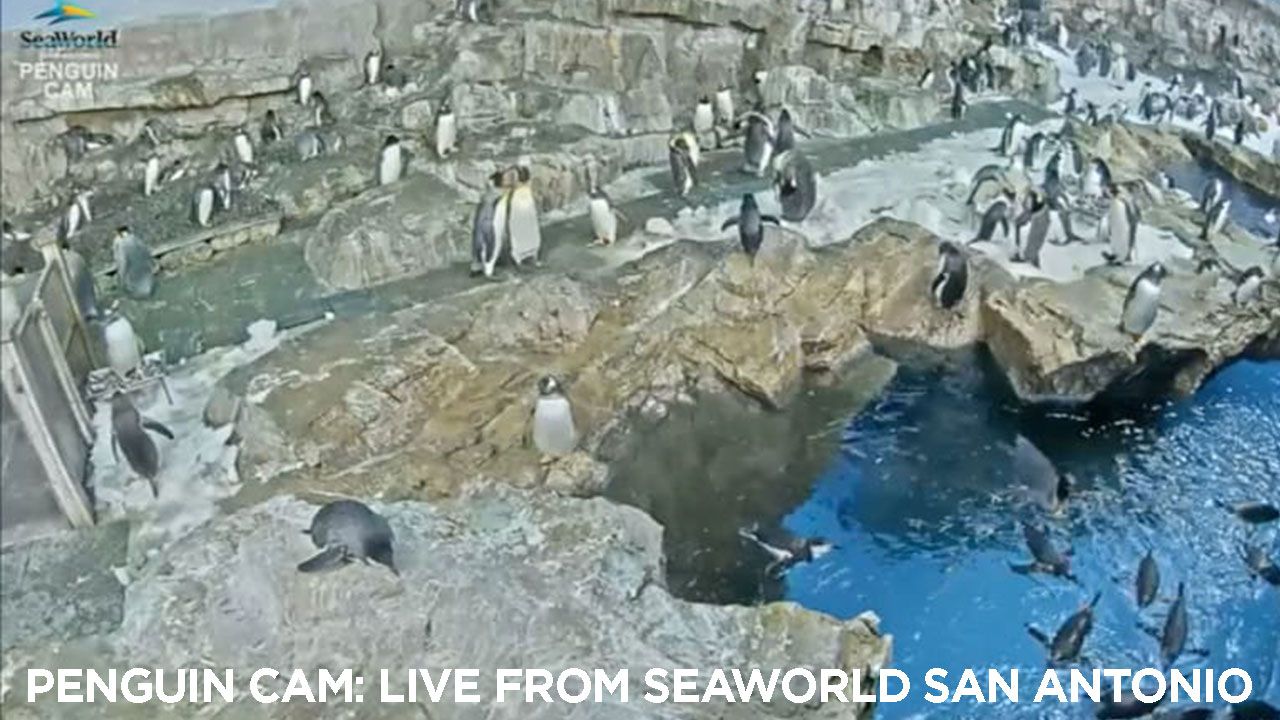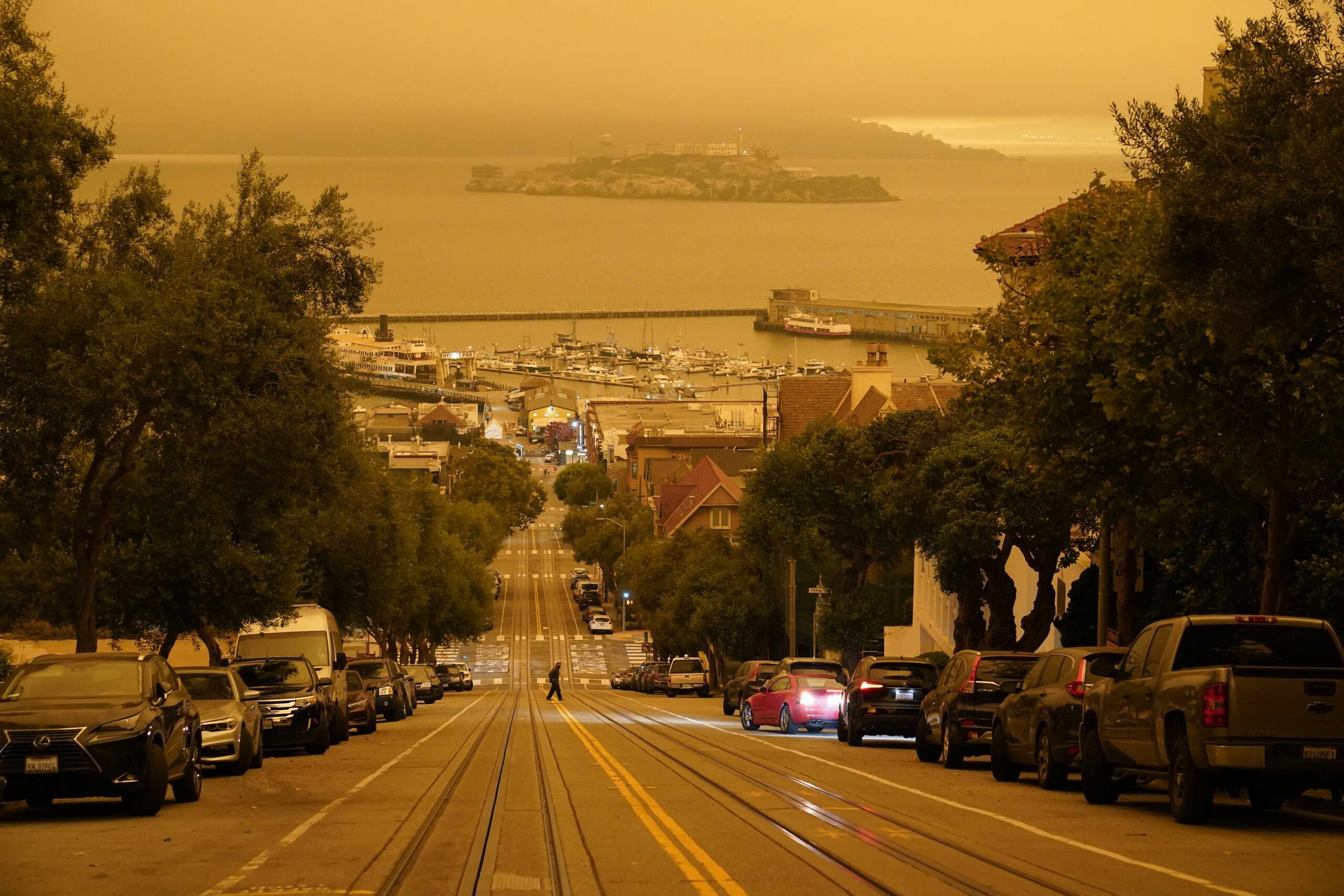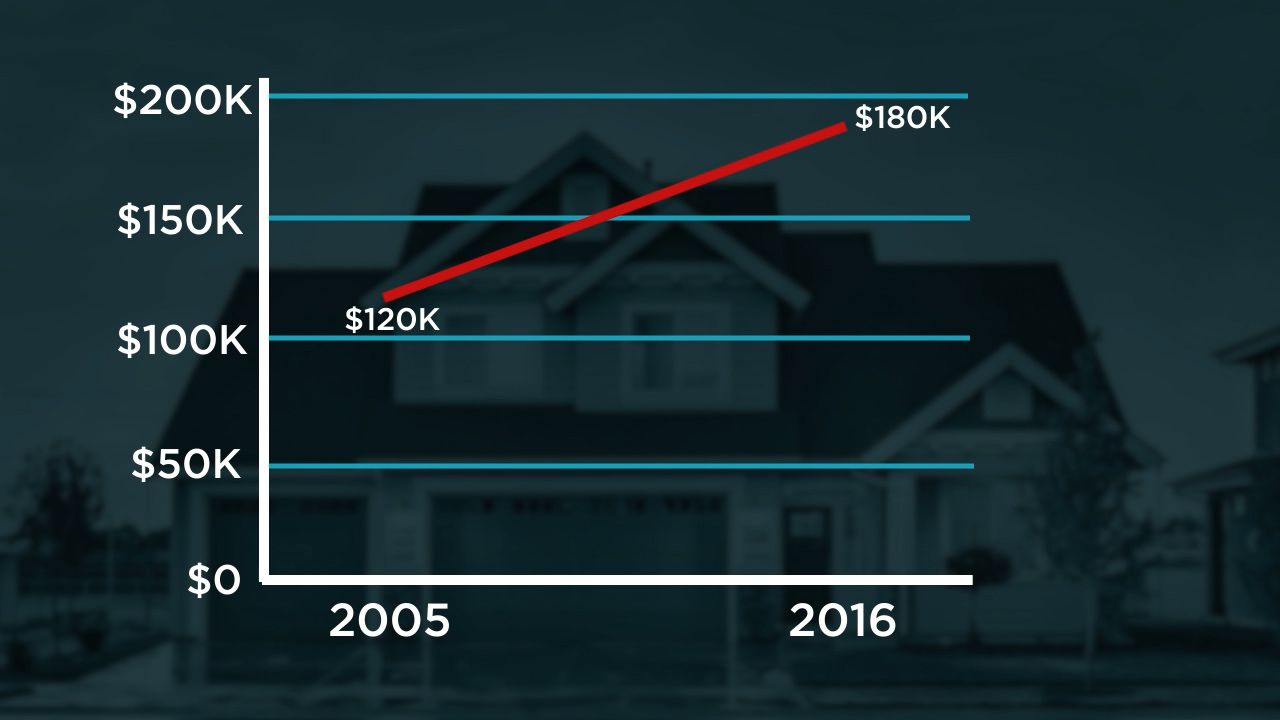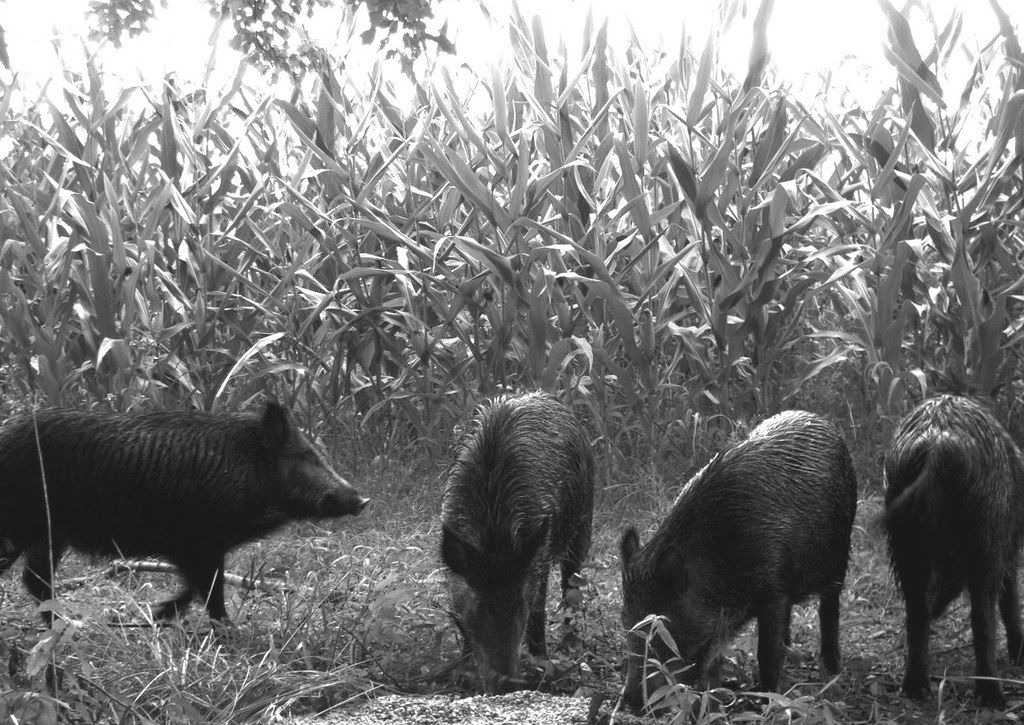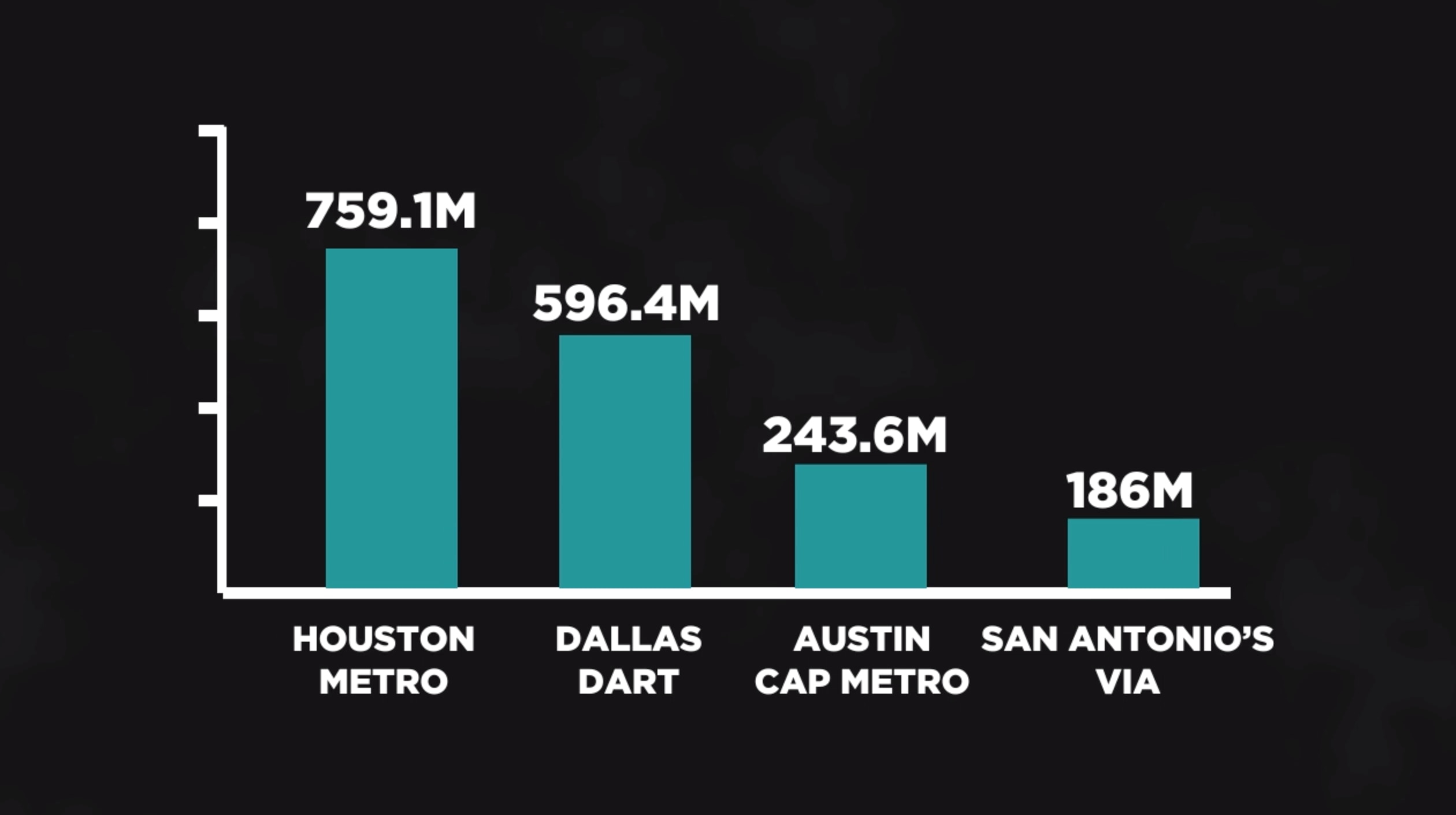As the COVID-19 vaccine becomes more available, many places are now allowing walk-in appointments throughout San Antonio.
The City of San Antonio is working to distribute thousands of doses of the COVID-19 vaccines, including Moderna, Pfizer, and Johnson and Johnson to eligible residents.
All adults are now eligible to receive the vaccine. Pfizer’s vaccine has been approved for children ages 12 to 15. Moderna is seeking that approval for its vaccine and it’s expected to be granted soon.
San Antonio doctor answers parents’ questions about Pfizer’s COVID-19 vaccine for kids
To ensure seniors get vaccinated, the city has also established a COVID-19 vaccine waitlist for residents who are 65 and older. People can register online in English at sanantonio.gov/waitlist or in Spanish at sanantonio.gov/listadeespera. They can also call 311 and select option 8 or call 210-207-6000 for assistance. The hotline will be open from 7 a.m.-7 p.m. daily.
Doses of the COVID-19 vaccines come from the federal government to the states to be distributed. Texas distributes its allotted vaccines to hospitals, pharmacies, local health departments, freestanding ERs and other clinics. All providers who receive the vaccine are instructed to use them immediately and not keep any in reserve.
How to sign up for a #COVID19 vaccine in #Texas.
Eligible people can sign up with a vaccination hub or a community vaccine provider.
🔹Vaccination hub info: https://t.co/7m6v4KF2Yn
🔹Community provider map: https://t.co/FDEZypNTdb#HealthyTexas #COVID19TX #EveryDoseMatters pic.twitter.com/e1zWLLBtdG
— Texas DSHS (@TexasDSHS) January 20, 2021
Many pharmacies are also receiving doses of the vaccine from the federal government through a retail pharmacy program.
Metro Health’s Alamodome Vaccine Site
The San Antonio Metropolitan Health District administers drive-through vaccines at the Alamodome. Residents can register for an appointment on the Metro Health COVID-19 vaccine registration website. People without internet access can call the 311 Customer Service COVID Hotline from 8 a.m. to 5 p.m. on weekdays and from 8 a.m. to 12 p.m. on weekends.
If appointments are available at the Alamodome, you can register for the vaccine online. Online registration is preferred, but if you need assistance you can call 311 and select option 8. Residents have reported that it can be difficult to reach someone by phone.Anyone that lives in Bexar County or in one of the other 26 municipal districts are able to come to the Alamodome to receive their COVID-19 vaccine, according to city leaders.
University Health
University Health offers the Pfizer vaccine free of charge to people 12 or older on a walk-in basis at multiple pharmacy locations. Locations include:
Robert B. Green Campus Pharmacy: Monday – Saturday 8 a.m. – 5 p.m.Medical Center Pavilion: Monday – Friday 8 a.m. – 5 p.m.Southeast Clinic: Monday – Friday 8 a.m. – 5 p.m.Southwest Clinic: Monday – Friday 8 a.m. – 5 p.m.Texas Diabetes Institute: Monday – Friday 8 a.m. – 5 p.m.
An adult family member or guardian must accompany children to provide written consent for the vaccination. Proof of age is not required.
Other places you may be able to find COVID-19 vaccines:
You may be able to find the vaccine through your primary care physician or other healthcare providers. You can call your providers to see if they have any available.
WellMed has recently consolidated vaccination sites, now taking all appointments at the Elvira Cisneros Senior Community Activity Center. The link can also be found here.
Several sites are now taking walk-in appointments, including Baptist Health Systems, St. Philips College and Texas Vista Medical Center.
Other pharmacies that administer vaccines include CVS Health, Walmart, Sam’s Club, and H-E-B.
Keep up with the latest vaccine news here.
Read more:
‘Come back for your second dose’: Metro Health says more than 100k in Bexar County haven’t gotten second COVID-19 vaccineKSAT Q&A: Pediatric infectious disease specialist answers questions about COVID-19 vaccine for kidsVaccine effort turns into slog as infectious variant spreads

